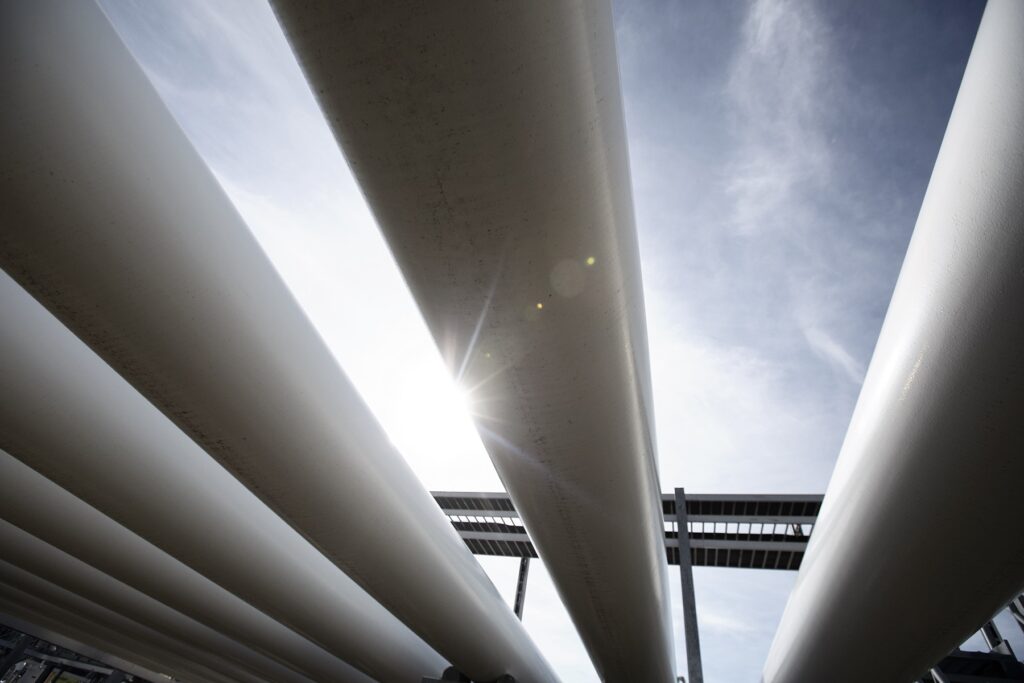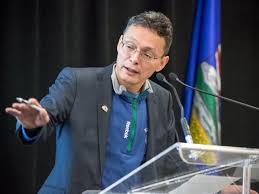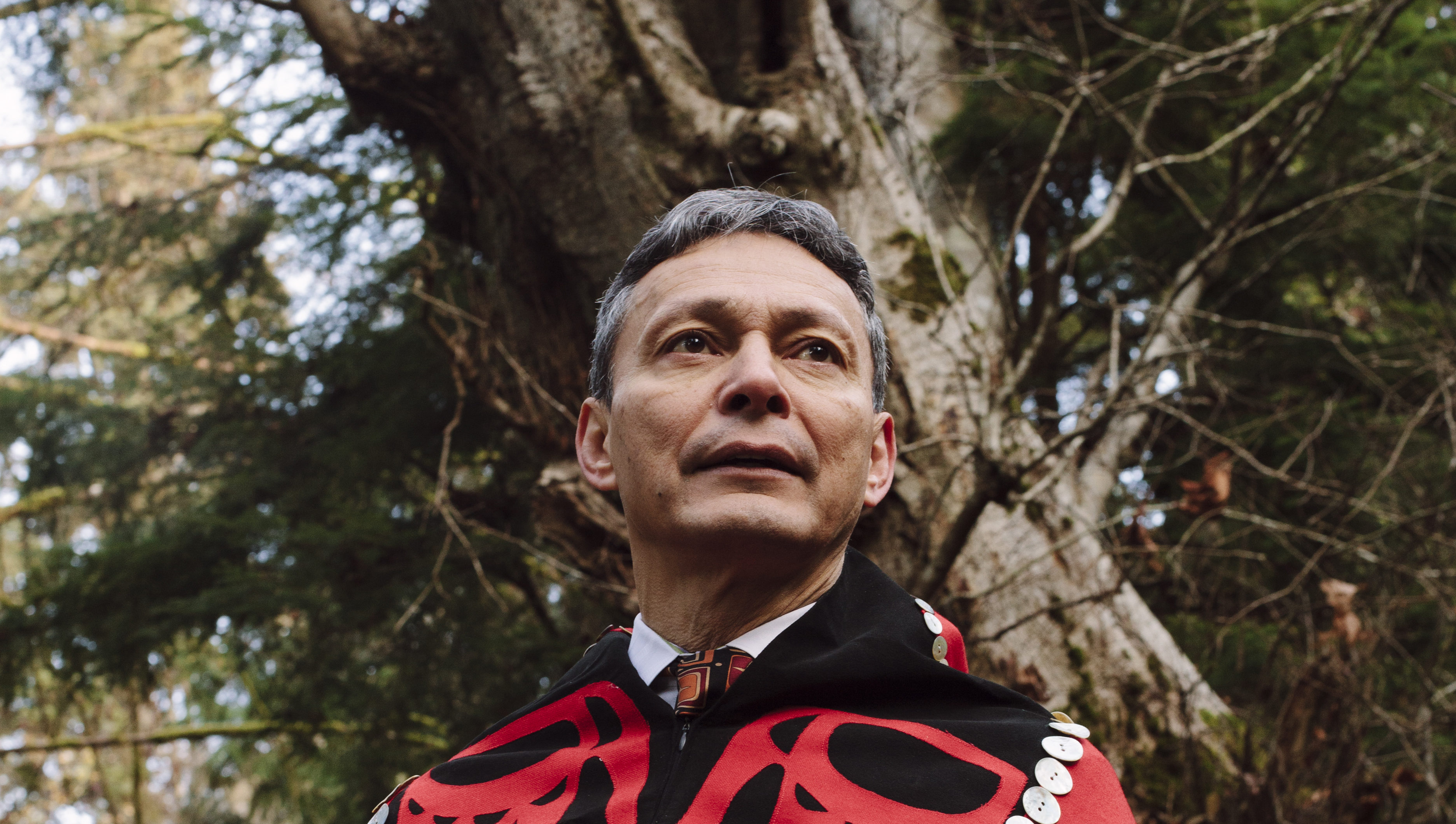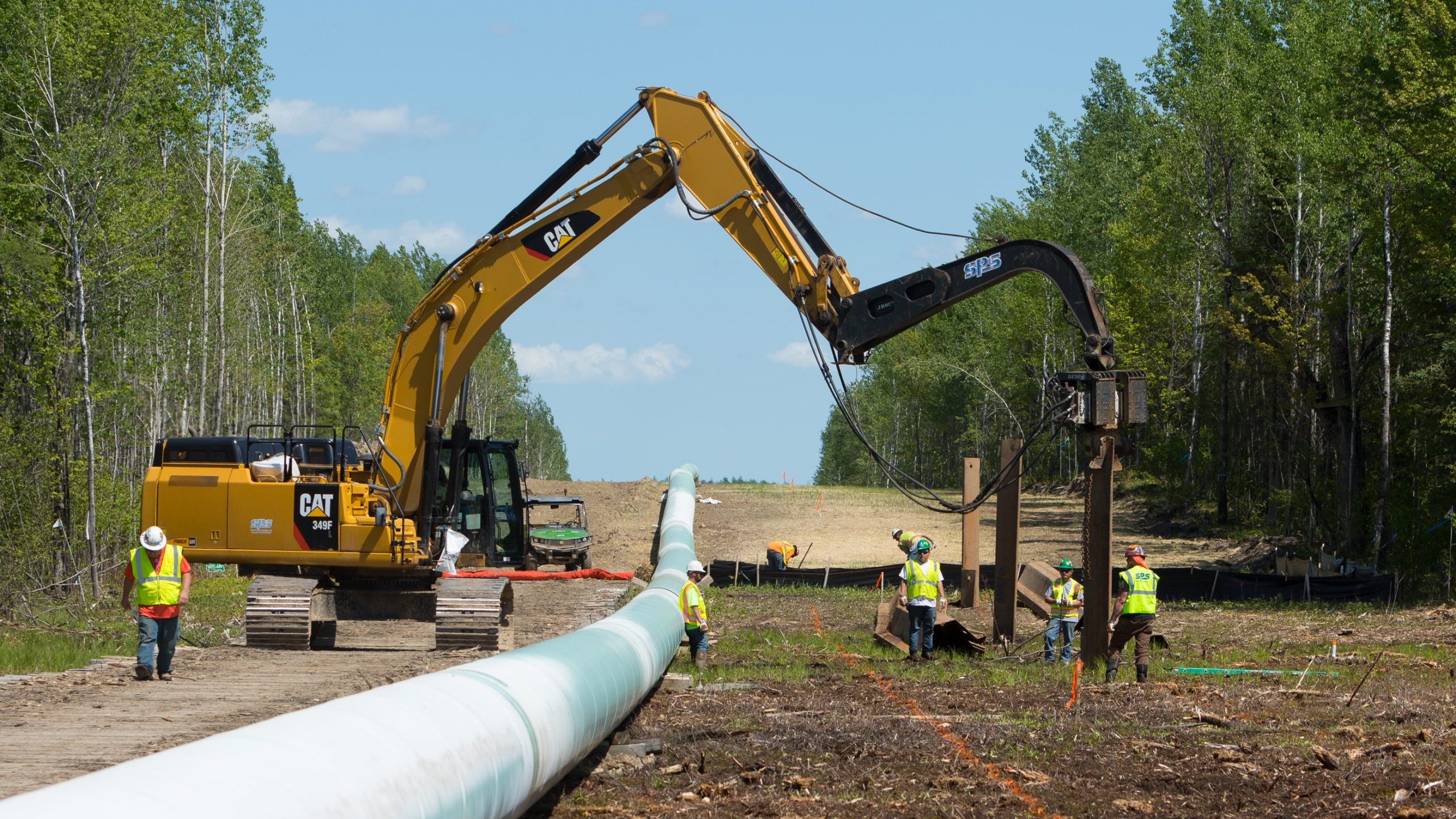- Reaction score
- 10,662
- Points
- 1,160
Re-Announced in today's Throne Speech - still newsworthy.

 www.fnfa.ca
www.fnfa.ca
...
First nations invest in pipelines
72 First Nations invest in TC Energy

 www.aptnnews.ca
www.aptnnews.ca
36 First Nations invest in Enbridge LNG

 www.theglobeandmail.com
www.theglobeandmail.com
23 First Nations in Enbridge Alberta

 www.capp.ca
www.capp.ca
 athabascaindigenousinvestments.com
athabascaindigenousinvestments.com
....
Resurrection of Eagle Spirit to Prince Rupert?
35 First Nations backed that

 boereport.com
boereport.com
+
NeeStanan Utility Corridor to Port Nelson with the backing of both the local Cree and the Manitoba Government led by an Anishinaabe premier
and/or
Western Energy Corridor
 neestanan.ca
neestanan.ca

 www.westernenergycorridor.ca
www.westernenergycorridor.ca
...
David Eby has made much of the need for First Nations involvement.
What if?

 www.canadianenergycentre.ca
www.canadianenergycentre.ca
....
Mix in additional National Parks (30% of the land mass is the apparent aspiration, according to the throne speech).
and can you get the indigenous vote to swing behind Danielle Smith's pipelines?
....
 theaioc.com
theaioc.com
Alberta adds 3 Bn in loan guarantees available to the 10 Bn federally available.

FEDS DOUBLE LOAN POOL FOR FIRST NATIONS INFRASTRUCTURE BUY-IN - FNFA
Published in Canada’s National Observer, April 02, 2025, by Sonal Gupta, Local Journalism Initiative Canada is doubling down on Indigenous-led projects, increasing funding for a federal program that helps finance infrastructure projects like roads, water systems, and stakes in major resource...
 www.fnfa.ca
www.fnfa.ca
...
First nations invest in pipelines
72 First Nations invest in TC Energy

Indigenous groups buy $1B stake in pipeline
TC Energy says it's selling a $1 billion stake in its Western Canadian natural gas transmission network to Indigenous groups.
36 First Nations invest in Enbridge LNG
First Nations group buying minority stake in Enbridge’s Westcoast pipeline network
The $715-million deal set to secure economic benefits from infrastructure that runs through their traditional territories
23 First Nations in Enbridge Alberta

Partnerships
Indigenous communities and industry both benefit when strong relations are built on mutual trust and respect. Each company in the industry designs its own path toward building relationships and sharing benefits.
Athabasca Indigenous Investments
 athabascaindigenousinvestments.com
athabascaindigenousinvestments.com
....
Resurrection of Eagle Spirit to Prince Rupert?
35 First Nations backed that

Eagle Spirit Energy Corridor already has the approval of 35 First Nations | BOE Report
Calvin Helin, Chairman and President of Eagle Spirit Energy Holding Ltd. is in Calgary this week, spreading news about an important First Nations energy initiative. Helin believes the Eagle Spirit Energy Corridor is a nation-building project - the first indigenous-led major infrastructure...
+
NeeStanan Utility Corridor to Port Nelson with the backing of both the local Cree and the Manitoba Government led by an Anishinaabe premier
and/or
Western Energy Corridor
NeeStaNan (all of us) - Nee Sta Nan (all of us)
 neestanan.ca
neestanan.ca

Western Energy Corridor
Western Energy Corridor is designed for long-distance pipelines and high-voltage DC powerlines, allowing for expansion of Canada’s energy resources in Alberta, Saskatchewan, and Manitoba. Moving natural gas and / or oil provides an economic base with large-scale hydro power and other renewables movi
...
David Eby has made much of the need for First Nations involvement.
What if?

‘The starting point is First Nations, not the ending point’ - Canadian Energy Centre
Calvin Helin wants to build more than a pipeline; he’s building a new model for Indigenous self-reliance
....
Mix in additional National Parks (30% of the land mass is the apparent aspiration, according to the throne speech).
and can you get the indigenous vote to swing behind Danielle Smith's pipelines?
....
Alberta Indigenous Opportunities Corporation - Alberta Indigenous Opportunities Corporation
Alberta Indigenous Opportunities Corporation (AIOC) exists to help Indigenous Nations and groups across our province [...]
Alberta adds 3 Bn in loan guarantees available to the 10 Bn federally available.








